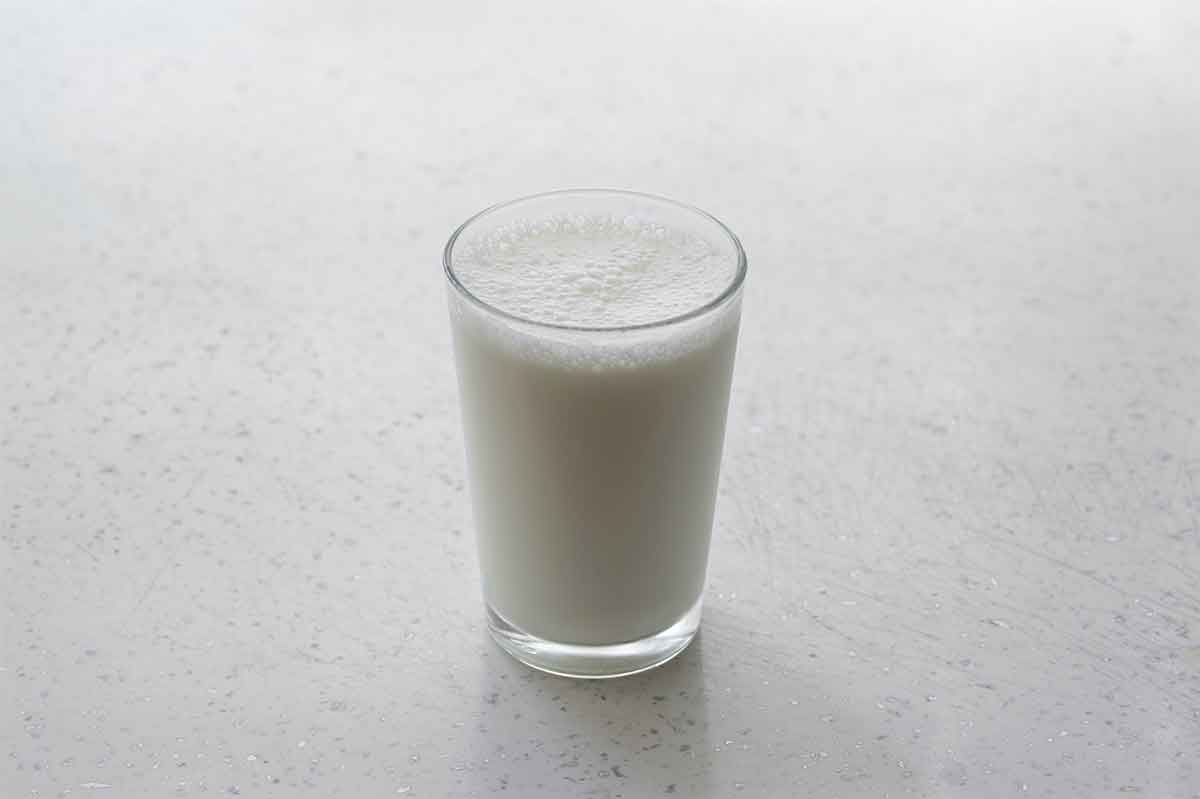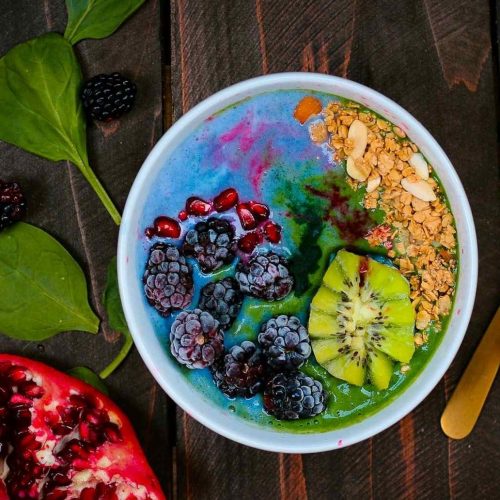The Sustainability of Milks on the Market
Oat, rice, almond, and coconut commodities all go through a certain alchemy in order to place a milk of preference in our refrigerators and coffee mugs. But what practices go on into the creation of our beloved milk partiality? How sustainable is each milk on the market ? Let us examine the processes behind the milk classifications.
OAT
Flavor:
Creamy with a subdued, nutty, flavor, oat milk has been taking the vegan and vegetarian world by storm. This milk is great for people with food allergies and contains more protein than most vegan milks.
Facts:
Oat milk is currently all the rage in relation to plant-based milk types. A regular glass of oat milk ( 200ml) creates 0.18kg of CO2. One liter of oat milk requires about 48 liters of water to be produced. This is more than almond milk and less than soy and cow’s milk. The area oat milk excels within the sustainability spectrum, is the land that is needed to produce it. Oats require 80% less land to grow than cow’s.
Final Assessment:
It is important to note that different milk brands will use different methods of production; some being more sustainable than others. The brand Oatly lists on their production process that they use only 0.34kg of greenhouse gas emissions in production for example which is less than average for oat milk. The brand itself is largely committed to sustainability and market themselves in this way. They also have the original patent for how to make oat milk, and have played a large part in the success of oat milk. Keep the brand’s production methods in mind when purchasing oat milk.
RICE
Flavor:
Rice milk tends to be light, watery, and refreshing overall but not creamy in texture or robust in flavor.
Facts:
The highest environmental impact from all plant-based milks derives from rice milk, although it still only produces a third of the greenhouse gases that cow milk does. Cow’s milk produces 3.2 kilograms of CO2, while rice milk produces 1.2 kg.
Final Assessment:
The sustainability of rice milk can vary based upon location. The majority of rice is exported from Asian countries like jasmine from Thailand, and basmati from India for example. The consumption of rice milk by one who lives in the East is more sustainable than someone from the West due to where the commodity of rice is mainly produced and exported from. Keep in mind location in relation to commodity when purchasing rice milk.

ALMOND
Flavor:
Almond milk’s name is true to its flavor. A deeply nutty almond is prevalent throughout the taste as well as a sweet and warm after taste.
Facts:
Almond milk has the lowest amount of greenhouse gas emission for the milks, and requires less land to grow compared to soy and oat milk. However, almond milk requires much water for production. A single glass of almond milk requires 74 liters of water for example.
Final Assessment:
It is important to note the environment that the majority of almonds are produced in. The almond board of California states that it produces 80% of the world's almonds, and 100% for the US. California is a place that is heavily affected by drought. Since almonds require so much water to be grown, it is important to note the detrimental effects of almond production on the environment of California.
COCONUT
Flavor:
Like almond milk, coconut milk has a strong and obvious tie to the name of its flavor. It has fluidity of the coconut water, but is made smooth and creamy.
Facts:
Discarded shells of coconuts are usually burned after the meat and juice have been used for the milk. This burning creates excessive CO2 emissions that are unhealthy for the atmosphere.
Final Assessment:
Approximately 80% of coconuts come from countries such as Indonesia, Thailand, Philippines, India, Sri Lanka, Vietnam and Brazil. Those who live in the West and consume coconut milk are usually drinking coconut milk that has been transported across long distances that create excessive amounts of greenhouse gas emissions due to lengthy transportation. Coconuts that come from Brazil have been harvested with a detrimental impact on the Amazon Rainforest; much amazon rainforest land is cleared to grow coconut trees and harms the biosphere. It is important to keep in mind the production location when buying coconut milk.
COWS
Flavor:
Cow’s milk holds a traditional dairy flavor. It has one of the smoothest and most creamy textures of the milks. There are no residual bits of its commodity in this milk.
Facts:
Cow’s milk is the least sustainable of all milk types. An 8-ounce glass of cow’s milk puts out .63 kg of greenhouse gases emissions and uses 1.79 square meters of land. Not to mention, 125.6 liters (33 gallons) of water are used to make one glass of cow's milk. It is obviously the least sustainable option.
Final Assessment:
This milk is going to be a less sustainable option than any of the plant-based milk. However, it is important to remember that plant based milks are not fully sustainable themselves.

Like many things, the consumption of milk by consumers is largely based on the power of marketing. Plant based milk has become more popular in the past few years based on the trend of environmentally conscious living. It seems as though anyone using plant based milk is a trendy environmentally conscious consumer. It is important however to look deeply at the different kinds of milk being used and the production that goes into creating each of them. Next time when at the shop looking for different milks, it will be helpful to know which ones have what impact on the environment.

+ Words: Isabella Cammarata, Luxiders Magazine Jr Editor
IG @bellcamm_
Connect with her on LinkedIn




